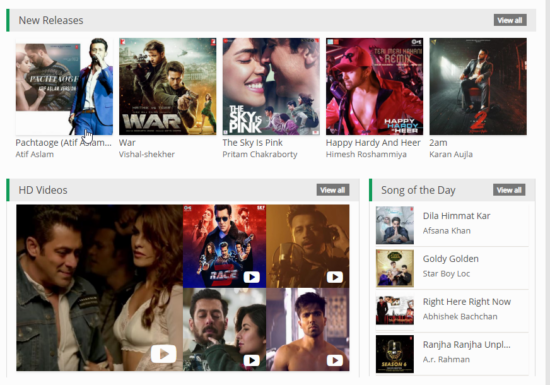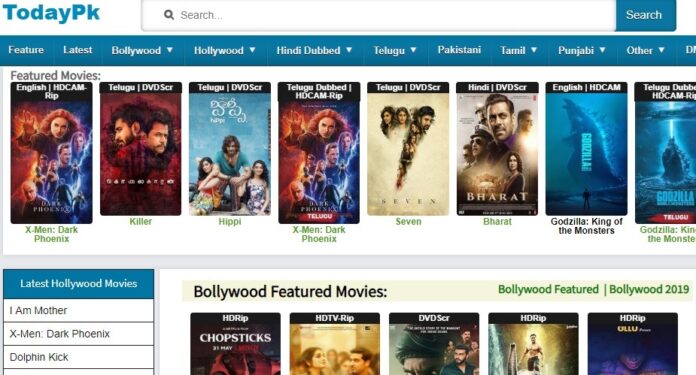In 2025, the process of building websites has become significantly more user-friendly, efficient, and intelligent thanks to AI-driven tools like ChatGPT. Whether you’re a small business owner, a freelance designer, or someone launching a personal blog, ChatGPT can assist in nearly every aspect of creating and maintaining a modern website. By harnessing natural language processing and machine learning, ChatGPT serves not only as a development assistant but also as a creative collaborator.
What Makes ChatGPT Ideal for Web Development in 2025?
All Heading
There are several reasons why more people are turning to ChatGPT for website building tasks:
- Speed and Efficiency: Tasks that once took hours can be completed in minutes with AI-generated code and suggestions.
- Low Technical Barrier: Even users with no coding experience can create functional websites by simply describing their ideas in natural language.
- Customization: ChatGPT can tailor recommendations based on the user’s industry, goals, and preferred tech stack.
- Full-Stack Guidance: The AI can guide users through both front-end and back-end processes, including design, programming, content creation, SEO, and deployment.
Step-by-Step: Using ChatGPT to Build a Website
1. Ideation and Planning
Before a line of code is written, a website starts with a concept. Users can engage ChatGPT in a simple conversation to brainstorm ideas, clarify goals, and even conduct competitive research.
Example prompt: “I’m starting a photography portfolio website. Can you help me choose a layout and recommend important features?”
ChatGPT might suggest responsive gallery sections, high-quality image sliders, contact forms, and blog integration. It can also recommend platforms such as WordPress, Webflow, or GitHub Pages based on your specific requirements.
2. Content and Design Strategy
Once the core structure is agreed upon, ChatGPT can assist in organizing the sitemap and wireframing basic design ideas.
Example prompt: “Generate a simple wireframe for a landing page with a hero section, testimonials, and a call to action.”
Although ChatGPT cannot draw images, it will describe in detail where elements should be placed and can even generate sample HTML and CSS to begin the layout.

3. Writing Code and Generating Components
One of the most valuable features of ChatGPT for developers and non-developers alike is its ability to generate code snippets. Whether you’re working with HTML, CSS, JavaScript, or backend languages like Python or PHP, the AI can provide ready-to-use code.
Example prompt: “Can you write the HTML and CSS for a mobile-responsive navigation bar with a dark theme?”
ChatGPT will return a full block of code, along with comments to help you understand each part. As of 2025, plugins and real-time preview integrations available within ChatGPT further empower users to tweak styles and see instant results.
4. Content Generation and SEO
Beyond structure and design, ChatGPT plays a major role in developing content tailored to the target audience. With guidance on tone, word count, and keywords, it creates blog posts, landing page copy, product descriptions, and even calls-to-action.
- SEO Integration: ChatGPT understands modern SEO practices and can optimize content titles, meta descriptions, and heading structures for search engines.
- Content Localization: If your site is multilingual, ChatGPT can translate and localize content with region-specific nuances.
5. Deployment and Performance Optimization
Once the website is complete, ChatGPT can suggest and walk you through deployment strategies. From uploading files to AWS or Vercel to setting up a custom domain name, the AI can generate the appropriate terminal commands or configuration files for you.
Example prompt: “How do I deploy my React app to Vercel and add a custom domain?”
Additionally, it can optimize your website for speed and mobile performance by recommending image compression strategies, lazy loading code scripts, or integrating CDN services.

6. Ongoing Maintenance and Updates
Maintaining a website can be time-consuming, but ChatGPT makes this much easier by monitoring for standard issues like outdated libraries, broken links, or slow-loading assets. Upon request, it can even propose updates or redesigns based on web trends in 2025.
ChatGPT also can be used to automate repetitive tasks by generating cron jobs, form validations, and API integrations. This allows developers to streamline workflows and improve user experience without spending hours writing redundant code.
Real-World Use Cases
Many professionals and businesses are already leveraging ChatGPT for the following applications:
- E-commerce: Creating product listing pages, integrating payment gateways, and assisting with cart functionality.
- Portfolio Sites: Designing interactive galleries, embedding social media feeds, and generating content-rich blog sections.
- Business Sites: Building contact forms, service pages, and integrating scheduling or CRM tools.
Tips for Getting the Most Out of ChatGPT for Website Building
- Be Specific: The more detailed your prompt, the better ChatGPT can assist you. Include layouts, themes, features, and even preferred color schemes.
- Iterate Gradually: Treat your prompts like a collaborative conversation—start simple and refine as you go.
- Use Plugins and Tools: Consider using browser extensions or IDE plugins that integrate with ChatGPT for smoother development workflows.
- Test Everything: Always test AI-generated code in a safe development environment before going live.
Conclusion
In 2025, building a website with ChatGPT is no longer just about writing code; it’s about interactive problem-solving. Its powerful capabilities in content generation, visual design, SEO, deployment, and even business strategy offer a comprehensive toolbox for web development. Whether you’re a solo creator or an enterprise team, ChatGPT can be your AI co-pilot to launch smarter, faster, and more engaging websites.
Frequently Asked Questions (FAQ)
-
Q: Can ChatGPT build a complete website for me?
A: While ChatGPT can generate most of the content, layout, and code required for a website, you’ll still need to manage hosting, test functionality, and handle certain user-specific tasks like form verification or integration with third-party tools. -
Q: Do I need to know how to code to use ChatGPT for web development?
A: Not necessarily. Beginners can use it to create simple no-code websites, and it also works effectively with platforms like WordPress, Wix, or Squarespace. -
Q: What technologies can ChatGPT support?
A: ChatGPT can generate code and offer guidance across HTML, CSS, JavaScript, React, Vue, Node.js, Python, PHP, and more. -
Q: Is it safe to use AI-generated code in production?
A: Yes, but with caution. It’s always a good idea to review, test, and validate any code before using it in a live environment. -
Q: Can I ask ChatGPT to update my existing website?
A: Absolutely. You can paste portions of your existing code and ask it to modify, enhance, or debug specific components.













Recent Comments